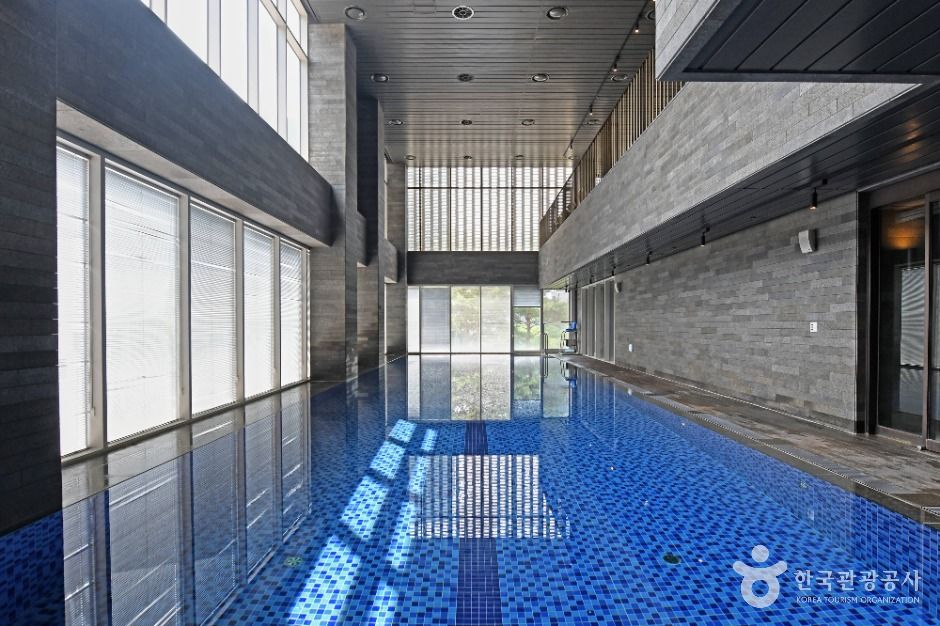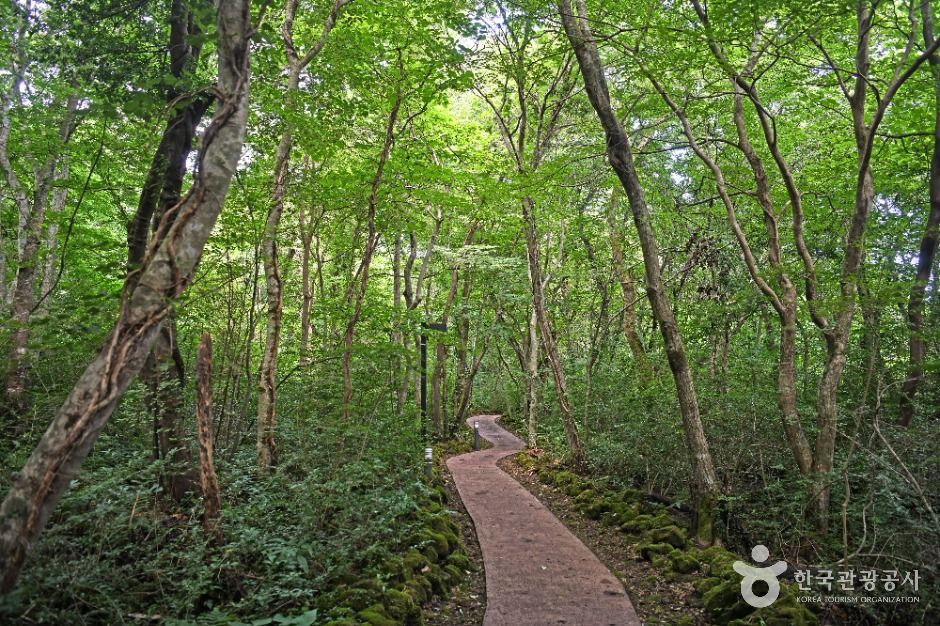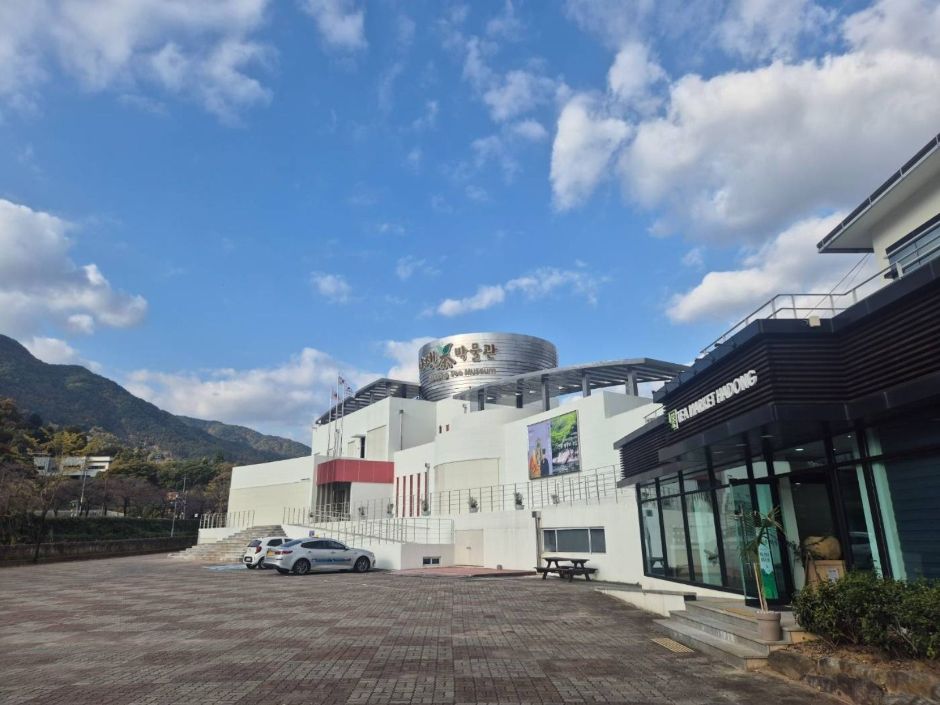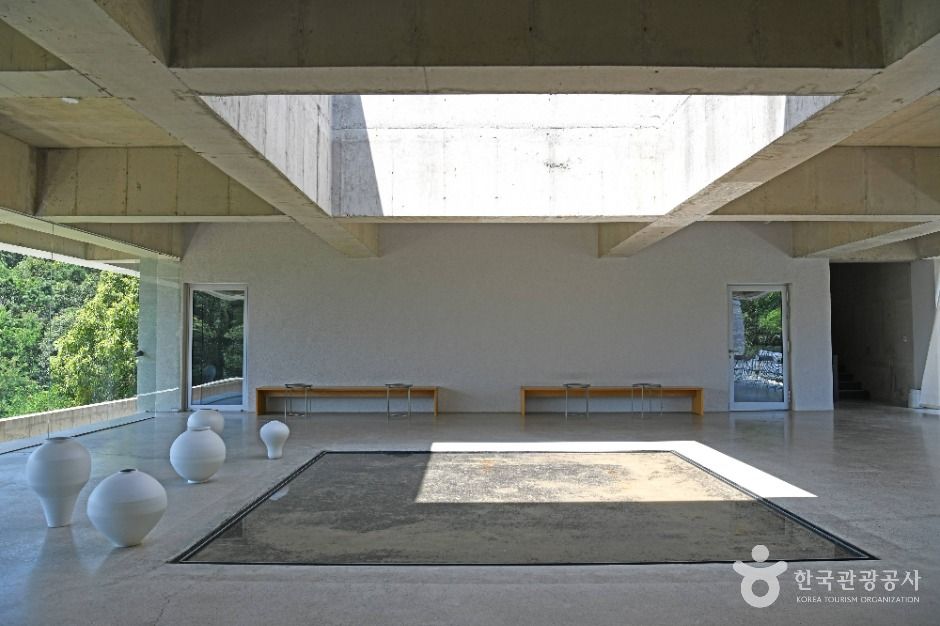Explanation
The area around Haesuyokjang 4-gil in Chungcheongnam-do is Daecheon Beach. It is the largest beach on the West Sea, and there have been resort complexes for international visitors since the 1930s. The white sand beach is 3.5-kilometer long and 100-meter wide, its slope is gentle, and the sand is clean. The sunset over Dabodo Island is especially beautiful. There are two zones of beach in Daecheon: Sunset Plaza and Mud Plaza, and each area offers a unique entertainment in summer. Annually, the Boryeong Mud Festival attracts Koreans and international tourists with a variety of events with the theme of Boryeong’s mud, including the Mud Checkpoint and Mud Discotheque. At the end of the beach is the Boryeong Mud Experience Center, where mud sauna, mud ondol room, mudpack, and mud massage are available. Daecheon Beach also offers activities of its own, such as Daecheon zip trekking and Sky Bike, a marine rail bike that passes over Daecheon Beach and Daecheon Port.
Inquiry
+82-41-933-7051
Homepage
Information Use
Experience Guide : Banana boat, Jet Ski, Motorboat, etc.
Contact and Information : +82-41-930-6810
Parking facilities : Available
More information
Restrooms
Available
Location
123 Meodeu-ro, Boryeong-si, Chungcheongnam-do








 English
English
 한국어
한국어 日本語
日本語 中文(简体)
中文(简体) Deutsch
Deutsch Français
Français Español
Español Русский
Русский